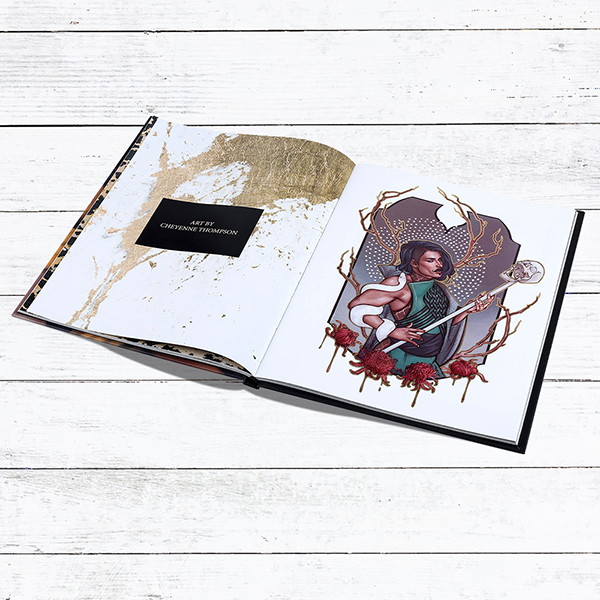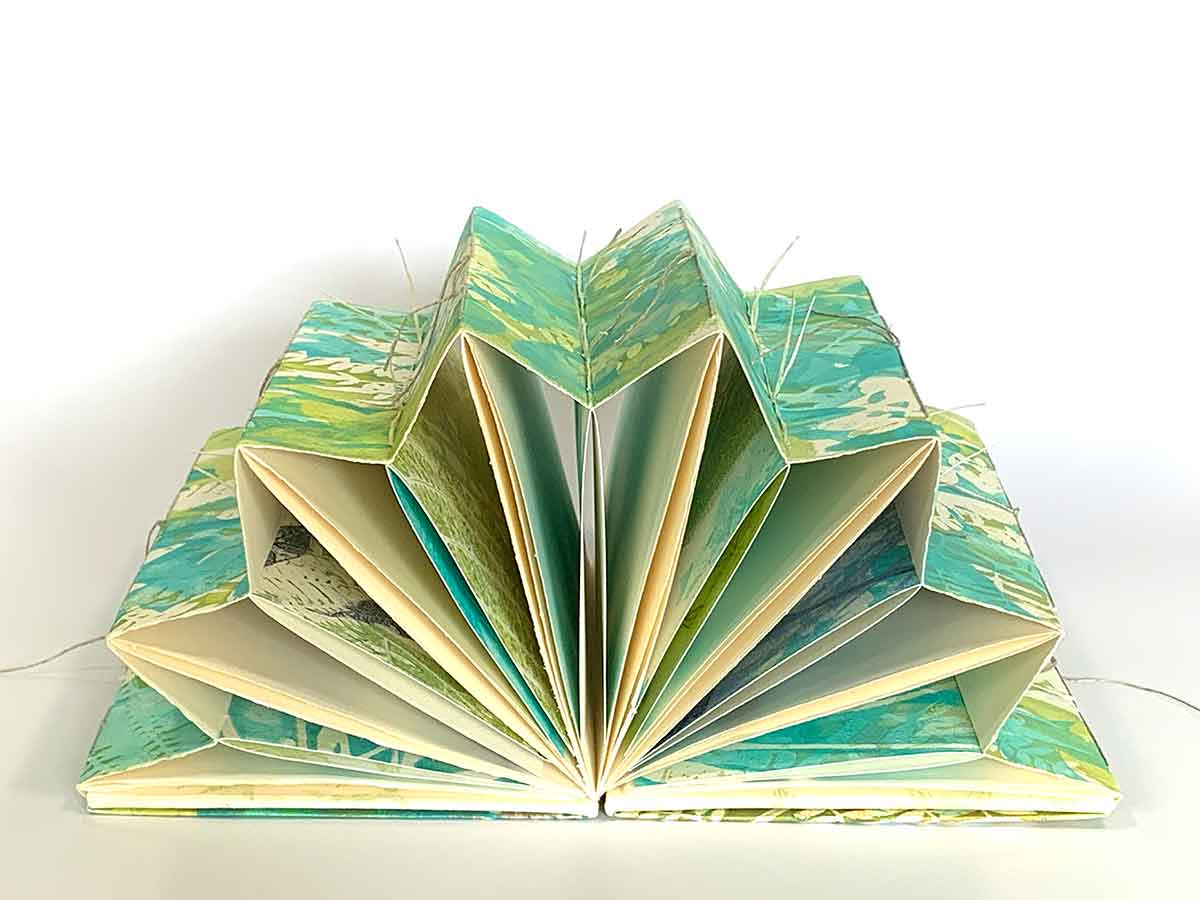Simple Methods to Pick the Right Paper for Your art book
Simple Methods to Pick the Right Paper for Your art book
Blog Article
Discover the Important Guide to Art Book Printing for Aspiring Artists and Publishers
As a hopeful musician or author, comprehending the nuances of art book printing is necessary to bringing your vision to life. What are the key components you should focus on to develop a sensational art book that absolutely represents your job?
Recognizing Various Kinds Of Art Books
When you plunge into the world of art publications, you'll quickly uncover that they can be found in various types, each tailored to different imaginative expressions and target markets. Coffee table books commonly display stunning visuals, perfect for casual browsing, while monographs dive deep into an individual musician's job, offering context and insights. If you're interested in details art movements, exhibit magazines use comprehensive paperwork of programs, featuring essays and reviews.
For training objectives, art handbooks and technique books assist you through various tools and styles, making them crucial for striving musicians. Each style serves its objective, and knowing their differences can improve your art book trip.
Picking the Right Paper and Materials
Picking the appropriate paper and materials can greatly influence the overall quality and feel of your art book. Begin by thinking about the type of artwork you have. For vivid shades and elaborate information, select a shiny finish or a heavyweight matte paper that boosts visual depth. If your job features softer tones or textures, an all-natural or uncoated paper can supply a cozy, inviting touch.
Think of the weight of the paper, as well. Thicker alternatives commonly offer an even more specialist look, while lighter documents can reduce printing prices. Do not neglect regarding the binding products; a strong cover can safeguard your web pages and contribute to the book's aesthetic.
Finally, consider sustainability. Eco-friendly options are acquiring popularity and can reflect your values as an artist. By thoroughly choosing your paper and materials, you'll guarantee that your art book not only looks excellent yet additionally really feels unique in the hands of your visitors.

Picking the very best Printing Methods
When it concerns printing your art book, picking between offset and digital printing can substantially affect your final item. You'll likewise wish to consider exactly how paper quality influences the general look of your artwork. Allow's discover these essential printing techniques to locate the ideal fit for your task.
Offset vs. Digital Printing
While both countered and electronic printing have their advantages, picking the appropriate technique for your art book can significantly impact the end product. Countered printing offers high-grade photos and vibrant shades, making it perfect for bigger print runs. If you're wanting to generate hundreds or thousands of copies, counter will certainly offer you constant outcomes and lower per-unit expenses. On the other hand, electronic printing excels for smaller sized amounts and quicker turn-around times. It enables for simple customization, enabling you to publish unique duplicates without extra arrangement costs. Consider your spending plan, timeline, and the volume of your task. Inevitably, your choice should align with your imaginative vision and circulation strategy, guaranteeing that your art book reflects the high quality you want.
Paper High Quality Factors To Consider
Selecting the best paper top quality can substantially improve the visual allure and tactile experience of your art book. Start by taking into consideration the weight and appearance of the paper. Much heavier paper typically feels more elegant and can much better display lively colors and complex details. For prints, a glossy surface can make pictures pop, while a matte surface offers a softer, much more refined look. Don't fail to remember regarding the paper's brightness; brighter sheets can enhance shade accuracy and contrast.
Next, think of the sustainability of your option. Environment-friendly alternatives are coming to be get more info significantly preferred and can interest environmentally-conscious readers. Finally, demand examples to see exactly how various documents deal with your art work, guaranteeing the end product mirrors your vision flawlessly.
Making Certain Color Precision in Your Prints
To attain magnificent prints, you require to concentrate on color precision from the start. You'll desire to utilize shade calibration strategies to validate your display and printer remain in sync. Additionally, proofing your job before the final print run can assist catch any discrepancies, guaranteeing your art looks simply as you visualized.
Shade Calibration Methods
Assuring shade accuracy in your prints begins with effective shade calibration techniques that aid maintain consistency in between your digital photos and last published products. Next off, choose a shade account matched for your printing procedure, like CMYK for print materials. By continually using these methods, you'll boost the general top quality of your art prints and better share your creative vision.
Proofing for Precision
While you may believe your electronic images are prepared for print, proofing is crucial for accomplishing color precision. Prior to devoting to a full print run, always request an evidence from your printer. This allows you to see exactly how colors translate from display to paper. Contrast the proof with your adjusted monitor to detect any disparities. Take notice of saturation, brightness, and color, as these factors can considerably influence your last item.
If adjustments are required, interact clearly with your printer concerning your desired outcomes. Do not think twice to demand numerous proofs if necessary; it deserves the investment to check here get it right. Ultimately, detailed proofing assurances that your art work is stood for as you imagined it, keeping your creative integrity throughout the printing procedure.

Creating Layouts That Enhance Your Art Work
When you design layouts for your art book, it's vital to consider just how each component communicates with your artwork. Purpose for an equilibrium in between visuals and text, guaranteeing neither eclipses the other. Usage white area purposefully; it offers your art work room to take a breath and attracts focus to its information.
Consider the flow of your book. Set up pictures in a manner that guides the reader's eye, developing a narrative or thematic development. art book. Differ the dimensions and positionings of your artwork to maintain the design vibrant and fascinating
Select font styles that enhance your artwork without sidetracking from it. Maintain message concise and pertinent, offering context or understanding that enhances the viewer's experience.
Ultimately, test various formats. Publish examples to see exactly how the layouts convert on paper, and change as required. By attentively designing your formats, you'll produce an aesthetically interesting art book that resonates with your audience.
Binding Choices for an Expert Finish
Picking the right binding option can substantially impact the overall presentation of your art book. You'll desire to consider both aesthetics and resilience when making your choice. Popular options consist of perfect binding, which offers a sleek look and is ideal for thicker publications; saddle stitching, suitable for smaller brochures; and spiral binding, which permits web pages to lay flat for very easy viewing.
If you're aiming for a costs feeling, instance binding is an excellent choice, supplying a sturdy cover and a specialist look (art book). Do not forget regarding the cover product; choices like fabric, natural leather, or a glossy coating can boost your book's appeal
Whatever option you choose, ensure it matches your artwork and enhances the visitor's experience. Take your time to consider the benefits and drawbacks of each technique, so your end product shows the high quality of your creative vision.
Preparing Your Documents for Publish Preparedness
To ensure your art book is print-ready, you'll require to pay close attention to submit preparation. Beginning by setting your record dimension to match your desired print measurements. Use high-resolution images-- 300 DPI is the criterion-- to identify sharp, lively visuals. Convert your files to CMYK mode, as this color room is finest for printing. Do not neglect to consist of bleed areas, usually an additional 0.125 inches around your pages, to stop any white sides after trimming.
Take into consideration creating a proof to examine prior to the final print run. Complying with these actions will aid you attain a sleek, specialist art book.
Often Asked Concerns
What Is the Average Price of Printing an Art Book?
The average expense of printing an art book varies, but you can anticipate to pay anywhere from $5 to $20 per copy, relying on elements like size, paper high quality, and printing quantity.
Just How Can I Find a Reliable Printing Firm?
To discover a reliable printing business, start by researching online reviews and asking other musicians for suggestions. Compare quotes, inspect profiles, and interact your requirements plainly to guarantee they comprehend your vision and high quality expectations.
What Is the Typical Turnaround Time for Printing?
The typical turn-around time for printing varies however usually ranges from one to four weeks. Aspects like task intricacy and quantity can impact this. Constantly confirm with your chosen printer for certain timelines and assumptions.
Can I Print My Art Book in Limited Quantities?
Yes, you website can definitely publish your art book in limited quantities. Several printing business supply short-run alternatives, allowing you to generate just the number you require, making it simpler to manage costs and stock.
What Legal Considerations Should I Know for My Art Book?
You need to think about copyright, licensing contracts, and design releases when developing your art book. Make specific you have the right to utilize all images and message, safeguarding on your own from potential legal issues down the roadway.
Report this page